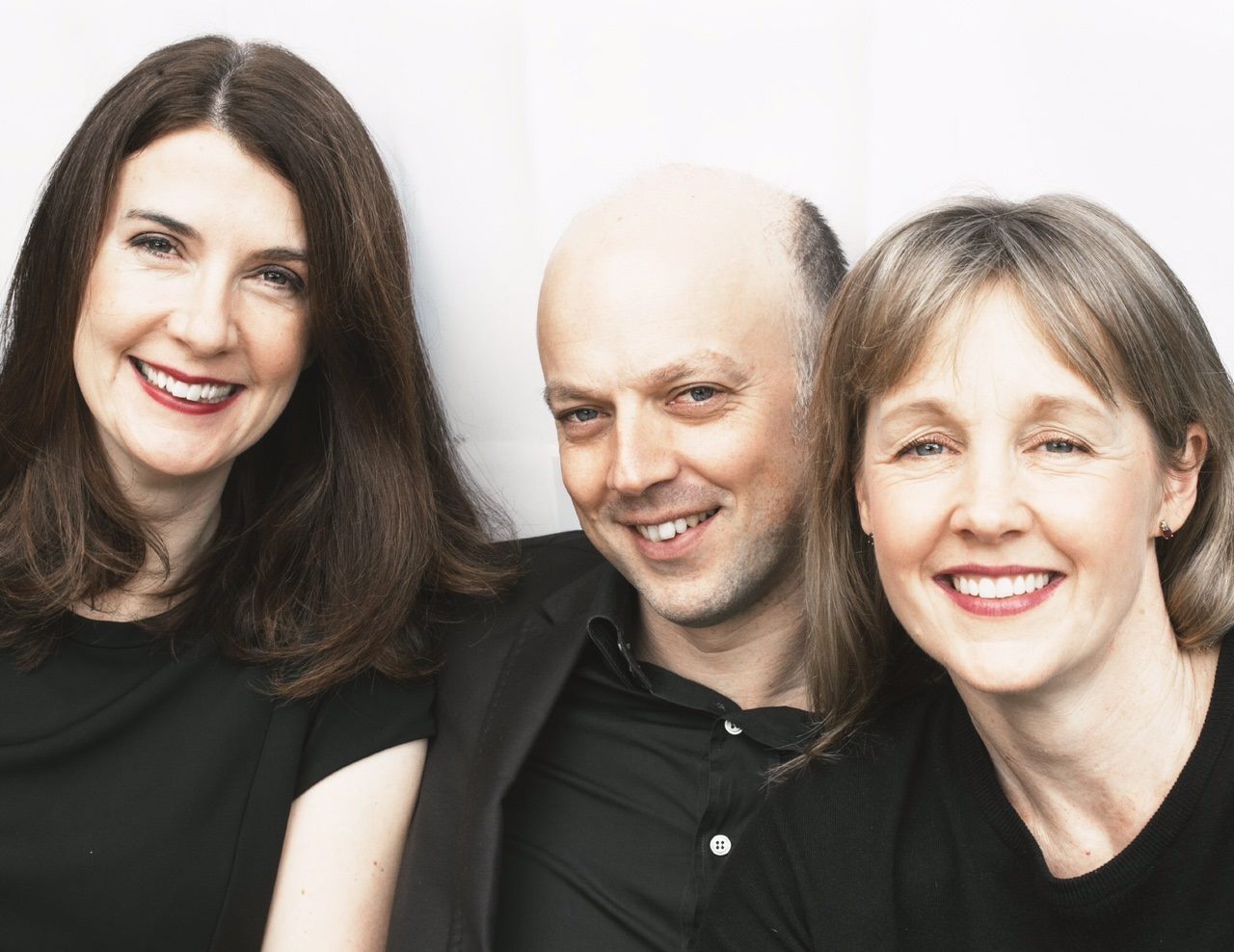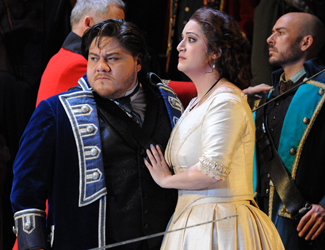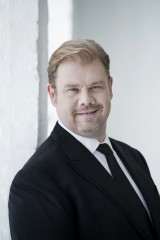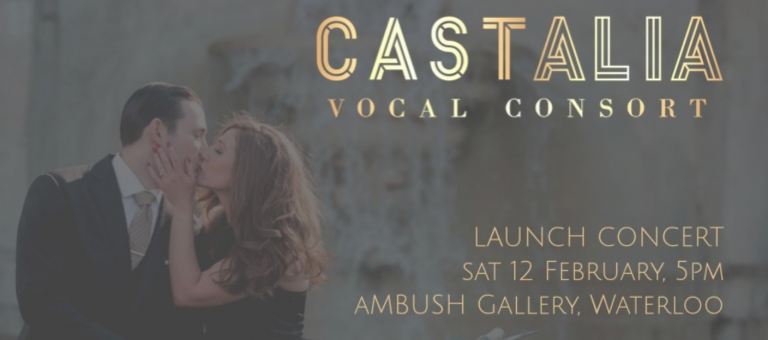Concert Review: Seraphim Trio/ Haveron/ Cronin
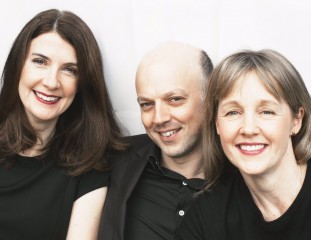
Seraphim Trio
Schubert, Schumann and Korngold
Independent Theatre, North Sydney
28 October , 2018
Written by Victoria Watson
The three core musicians of the Seraphim Quartet augmented their ensemble one by one after performing a piano trio, becoming a quartet and then quintet in this extraordinarily fine concert. Violinist Helen Ayres, cellist Timothy Nankervis and pianist Anna Goldsworthy were joined first by Sydney Symphony’s esteemed concertmaster Andrew Haveron (playing a 1757 Guadagnini violin), for Korngold’s Suite for two violins, cello and piano left hand; the quartet was then joined by violist Jacqui Kronin for Schumann’s engaging Piano Quintet in E flat Major op. 44.
Schubert’s single movement Notturno for piano trio in E flat major D897 opened the afternoon’s delights, placing this sparkling and surprising jewel of the concert firmly in the centre of a crown of German Romanticism. Dating from 1828, this late work encapsulates the ever-shifting emotional landscape of Schubert’s later writing, found so often in his songs, such as Lachen und Weinen (Laughing and weeping). Using alternating major and minor tonalities, sometimes changing suddenly in unexpected ways, Schubert charts the world of Romantic sensibility, following the ever-undulating emotional states from pain to love, torment to joy. In a short introduction, cellist Timothy Nankervis dedicated the concert to conductor and educator Richard Gill AO, who died during the early hours of that morning, after a long illness. Gill was cited as a mentor, friend and inspiration to the musicians. The ensemble achieved a perfect balance which resonated through the wonderful acoustics of the Independent Theatre, with a rich timbre, a striking control of dynamics and sensitivity of nuance.
The pearl in the diadem was introduced by guest violinist Andrew Haveron. This was the Suite for two violins, cello and piano for left hand by Erich Korngold (1923). It was commissioned by the brilliant concert pianist Paul Wittgenstein who had lost his right arm in World War I. Regarded as a prodigy in composition, Korngold was only 26 when he wrote this, considered to be at the height of his powers. Haveron explored why Korngold’s music has been overlooked or even dismissed by generations since, and is now finding its place as the work of a genius. His later film scores written for Hollywood numbered only 16, but they dominated his known repertoire, and while masterful in that genre, his concert works and operas are less known and revered than they might be.
Quite simply, this Korngold suite is astonishing and magnificent. The inspired performance was a brilliant highlight to be long remembered and treasured in my experience of chamber music. Anna Goldsworthy exploded into the opening cadenza for solo left hand and displayed her authority and mastery immediately. The first dance takes the form of an eerie fugue set up by the cello, with chromaticism and polytonality creating a chilling and dramatic foundation for the quirky variety of forms that follow. The lush sentimental beauty of the Viennese Waltz is brilliantly both celebrated and subverted in the second movement. There is a whimsical humour reminiscent of the Rosenkavalier Waltzes of Richard Strauss, but more adventurously distorting harmony and melody to both delight and unnerve. The third dance Groteske, is said to be a musical portrait of Wittgenstein, referencing an intensely rhythmic French dance associated with physically deformed performers, and taking on a new significance after the atrocities of the Great War.
The performance had incredible drive and energy and created a gigantic sound for a quartet of instruments that shook the walls of the theatre. The gorgeous melody of the Lied movement that followed, evoked the Korngold of his great early opera Die Tote Stadt, with its meltingly beautiful Pierrot and Marietta Lied. Voices were not missed; with this exquisite level of string playing the vocal lyricism was perfectly expressed. A moment of exquisite pleasure completed this dance with all strings playing high pianissimo harmonics in exact tuning. The final dance Rondo and Variations suggested a deep and fiery conversation in a Viennese coffee shop – a meeting of minds discussing art, philosophy and psychology culminating in a joyous explosion of fugal fun. Extraordinary stuff!
After an interval that buzzed with excitement, the ensemble, now a quintet, played Schumann’s engaging Piano Quintet in E flat Major op. 44 (1842), ideally bookending the quirky Korngold masterpiece with a work possibly inspired by the Schubert trio. It was introduced as being a work that celebrated the joyful nature of performing chamber music and the ensemble captured that mood expertly. When the third movement introduced a fugue, there was a lovely resonance with the intellectual traditions explored and subverted by Korngold. This was music making of the very highest order, and one felt extremely privileged to share the joy and adventure of this inspired programme.
Victoria Watson for SoundsLikeSydney©
A graduate of Melbourne university and VCA, Victoria appeared regularly as a soprano with the Victoria State Opera and has toured and served as artistic director of many chamber ensembles. She has performed with Sydney Symphony Orchestra and for ten years, was artistic director of a major opera education project with Opera Australia. Since 2015 she has moved into directing opera including Mozart’s Cosi Fan Tutte at the Independent theatre.
Victoria has lectured in voice at the major universities in Melbourne, and is currently a tutor at UNSW. Having taught at major Sydney secondary colleges, she now runs a busy private singing studio. She is a published author on opera and a popular freelance music and theatre lecturer and advocate for Australian artists around the world.

